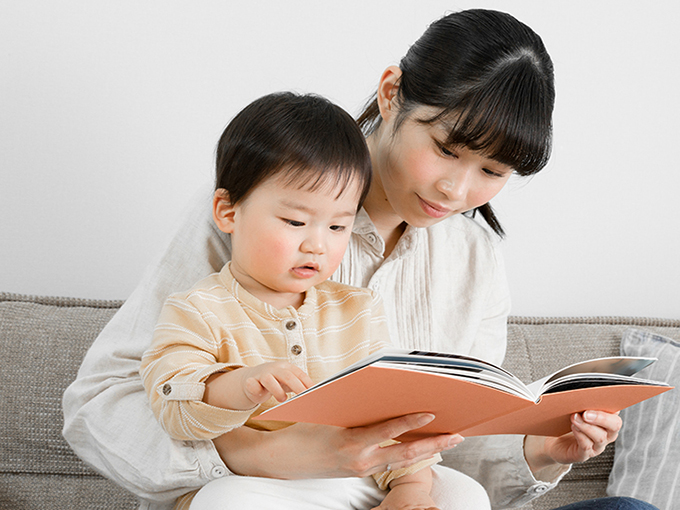For children’s media makers looking to pitch new stories featuring human-like animal characters, a new study from the Ontario Institute for Studies in Education (OISE) at the University of Toronto could make them think twice.
According to the study, moral lessons in children’s story books have the most impact on kids ages four to six when the characters are human, not anthropomorphized.
The study, entitled Do storybooks with anthropomorphized animal characters promote prosocial behaviors in young children?, was led by researcher Dr. Patricia Ganea, associate professor of early cognitive development at OISE, along with Nicole E. Larsen and Kang Lee.
From a group of 96 participants ages four to six, equal numbers of children (32) were randomly assigned to one of three book conditions: the Human condition, a prosocial book with a human main character; the Animal condition, the same prosocial book with an anthropomorphic animal character that speaks and wears clothes; and the Control condition, a control book about seeds.
Each book taught children about sharing with others, and the researchers assessed children’s altruistic giving before and after the reading based on how kids shared 10 stickers with another child.
The study found that because many kids don’t view anthropomorphic animal characters as similar to themselves, they are less likely to translate social lessons (like sharing or telling the truth) into their everyday lives. In fact, most children said anthropomorphic animal characters lacked human characteristics.
Overall, preschoolers shared more after listening to a reading of the book with humans and less after being read the book with animal characters. However, the more a child attributed human characteristics to the anthropomorphic animals, the more they shared after the animal book reading.
As storybooks can have an immediate impact on children’s social behavior, the researchers encourage parents and educators to choose books carefully and parents can help by asking kids to explain parts of stories to help them see the similarity between the story and their own lives.
The study also found that children did not prefer one type of book over the other.
How much the study will impact the children’s entertainment industry remains to be seen, as anthropomorphic animal characters continue to resonate hugely with kids. In a recent Boomerang EMEA study on the power of pet-themed content, it was revealed that the top five favorite animal characters of all time are some of the most iconic—Scooby-Doo, Tom and Jerry, Garfield, Mickey and Minnie Mouse and Bugs Bunny.





















